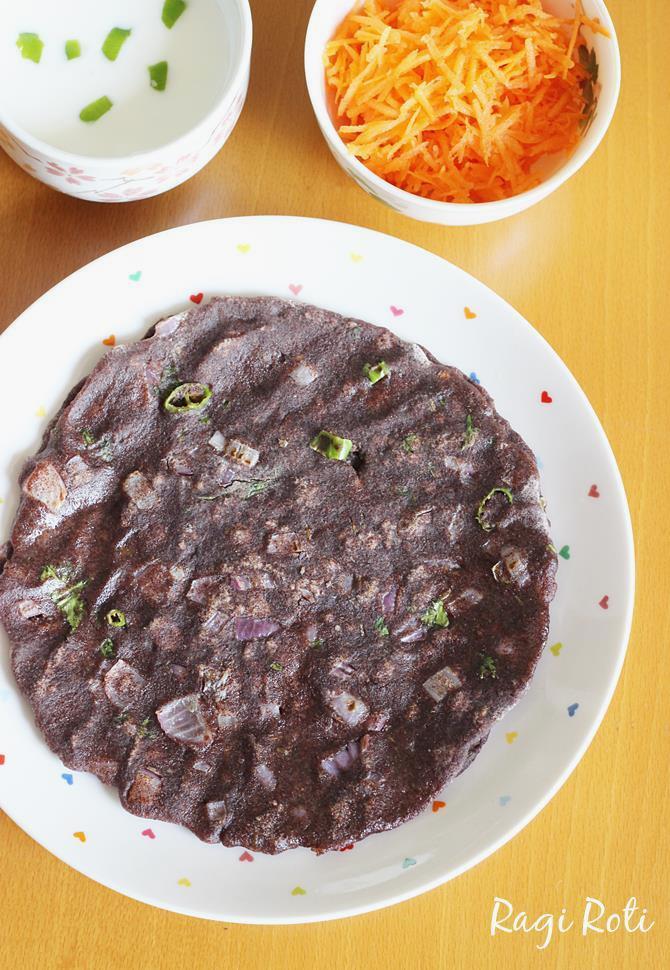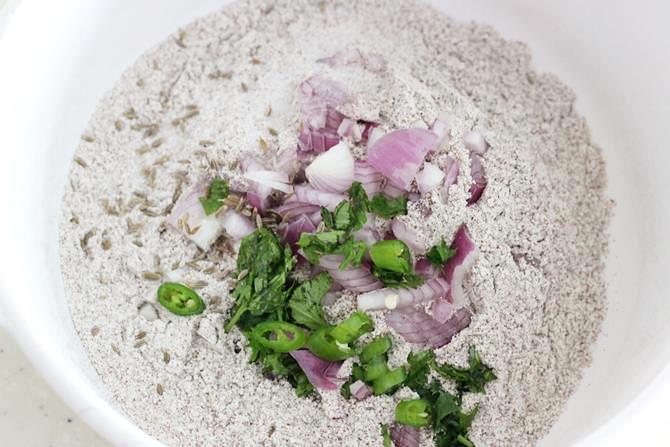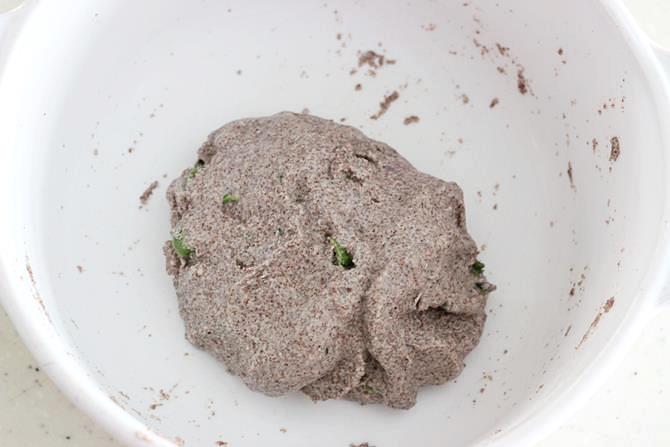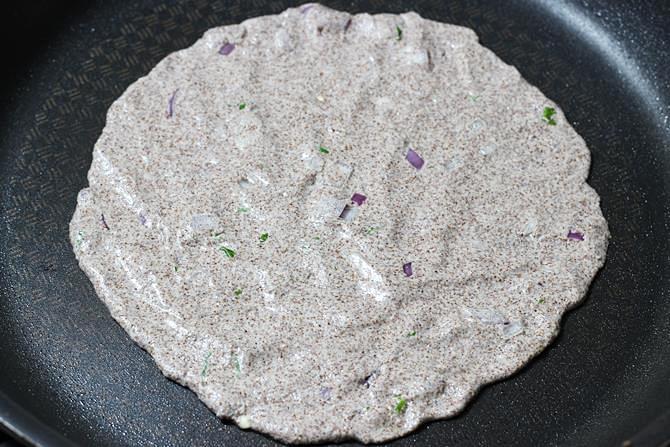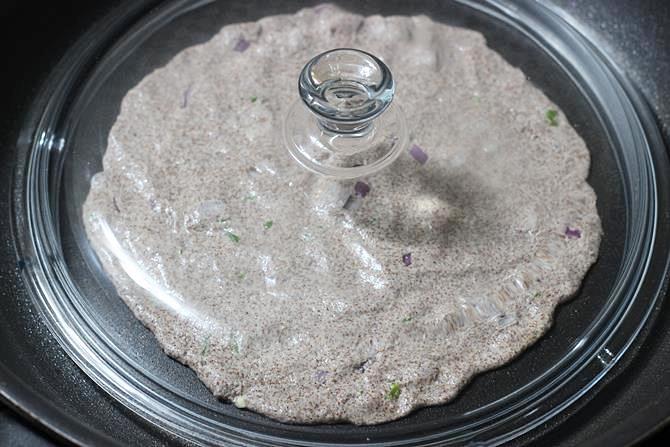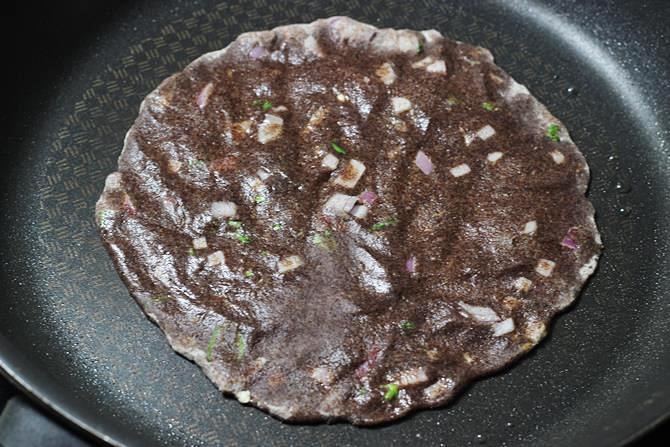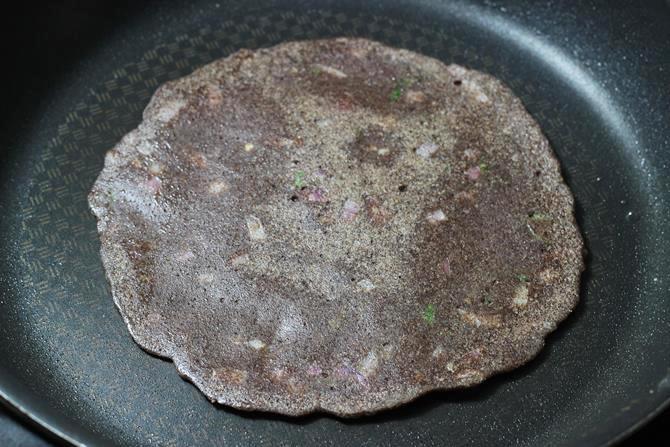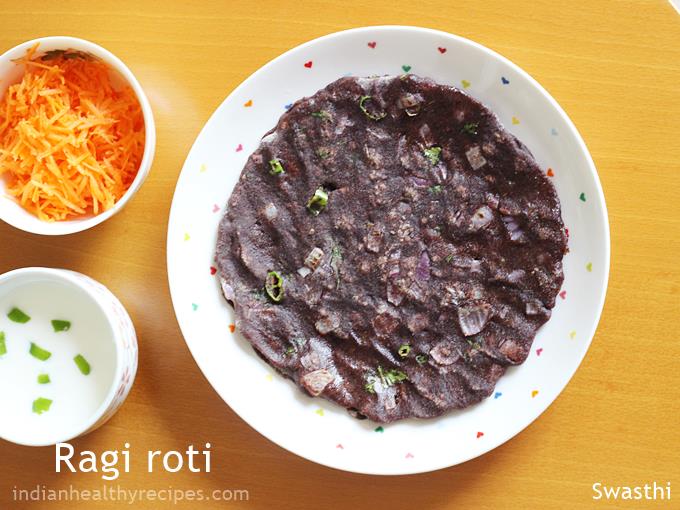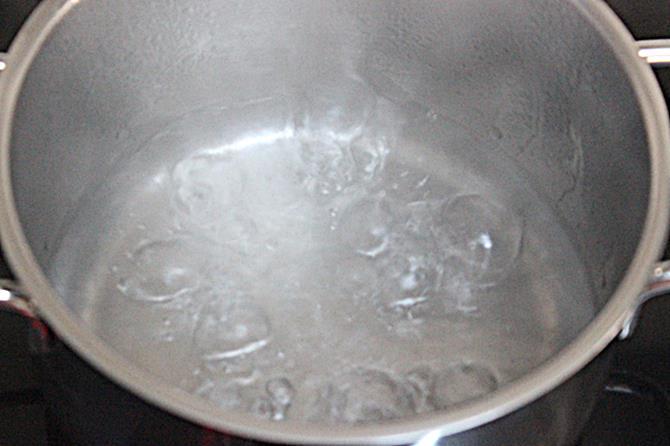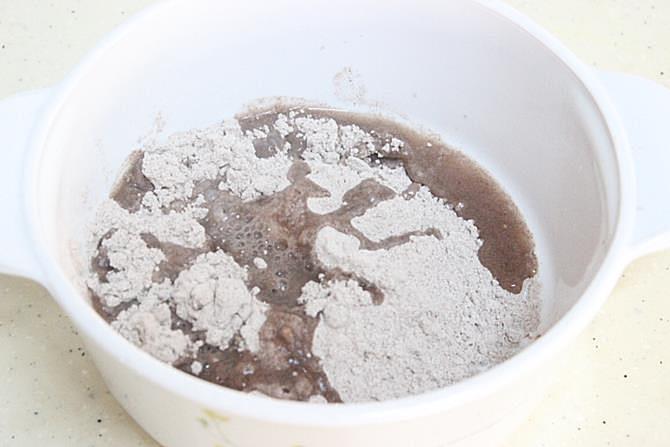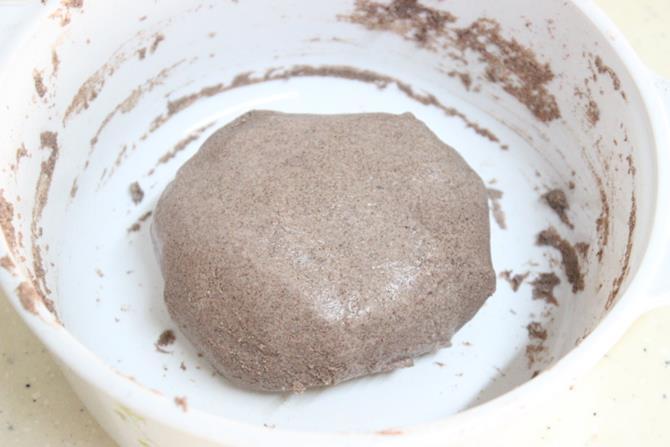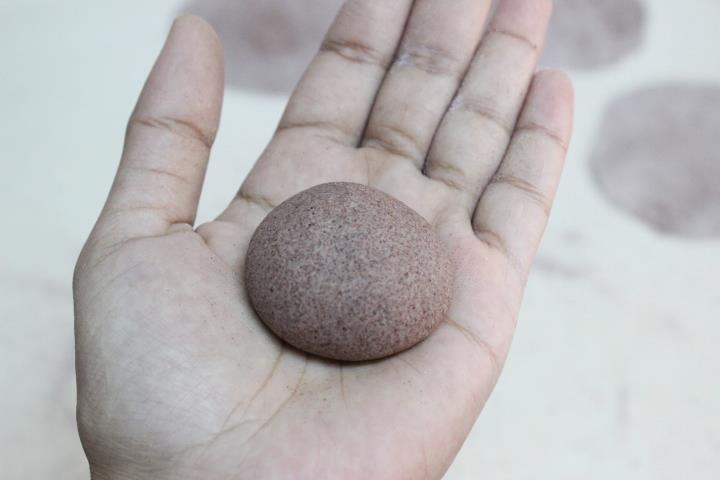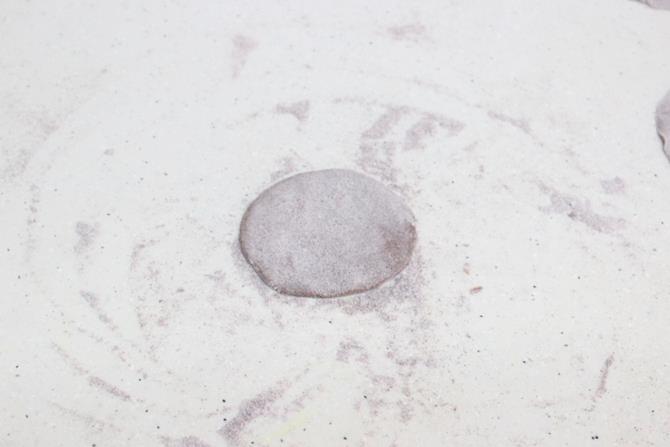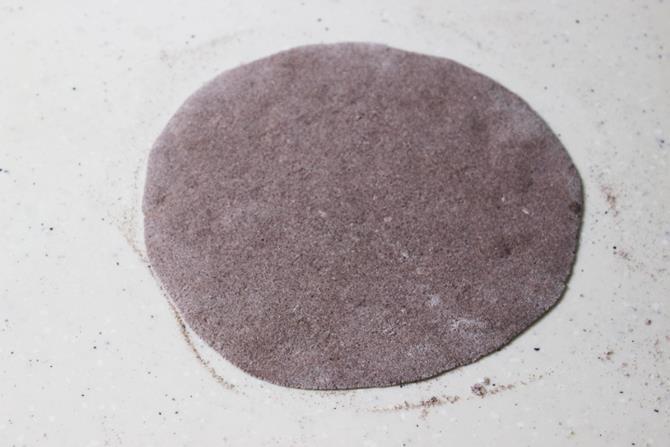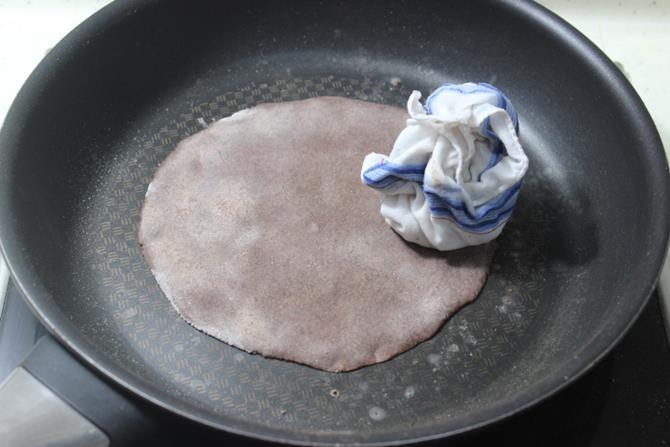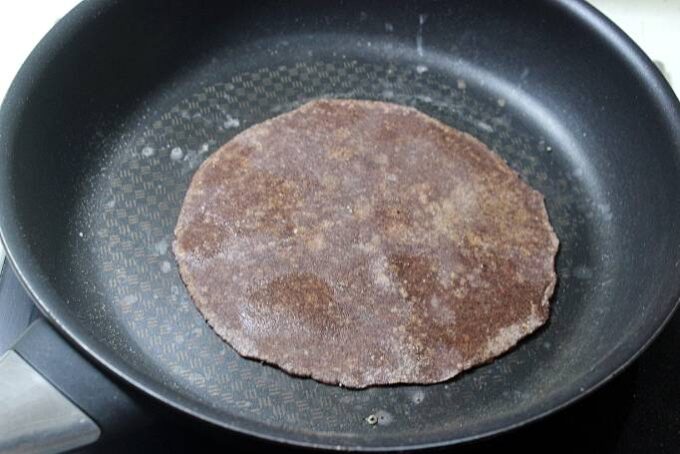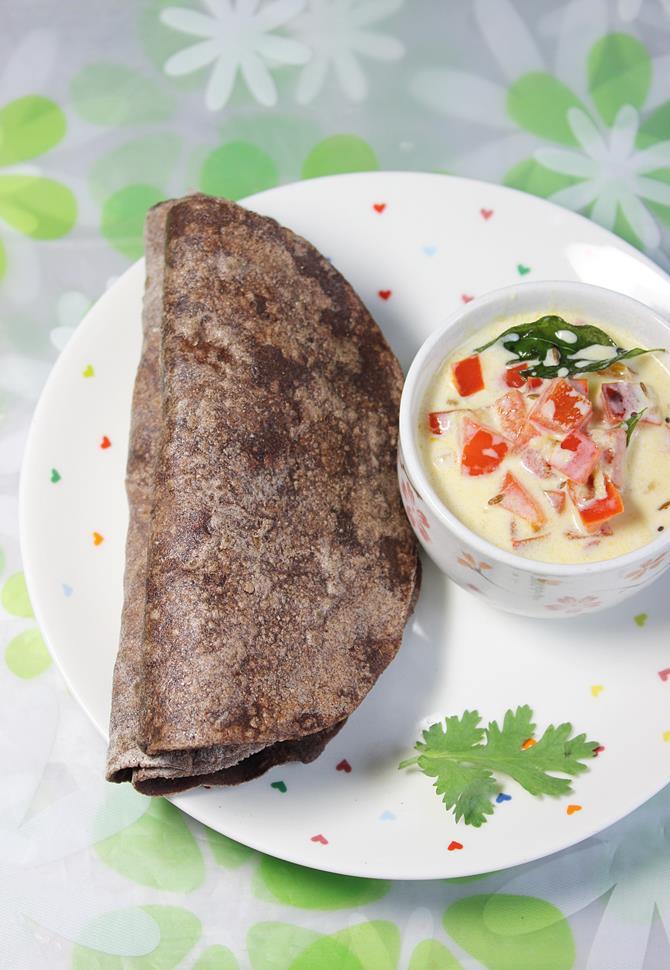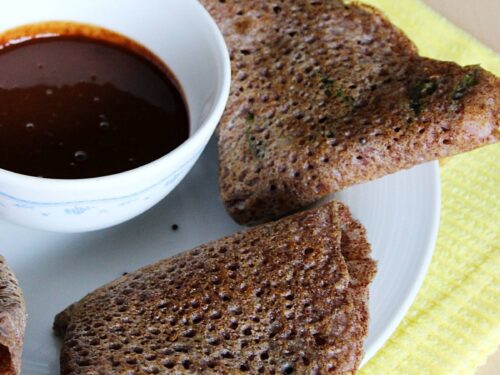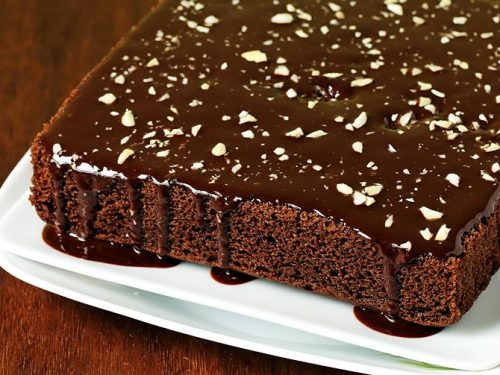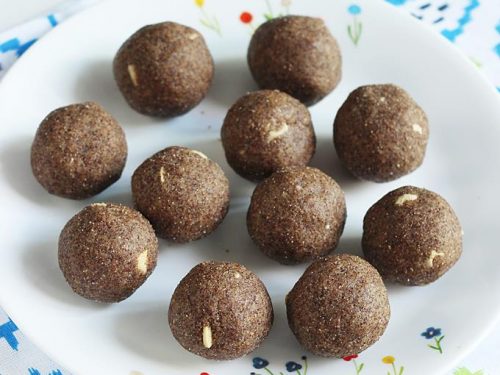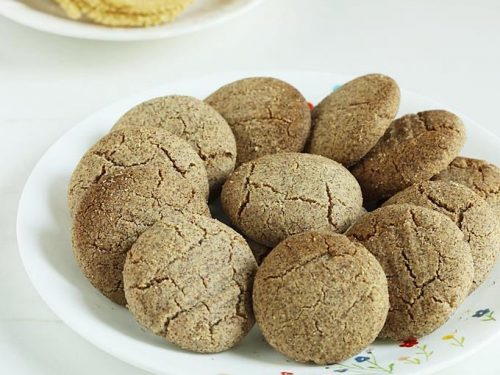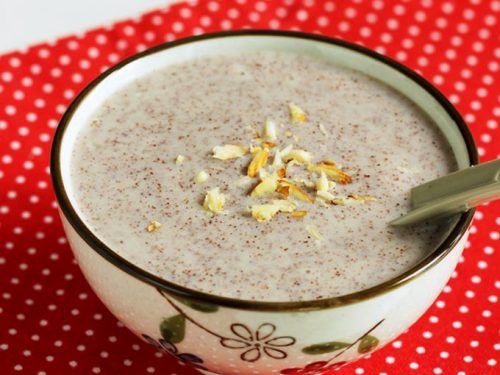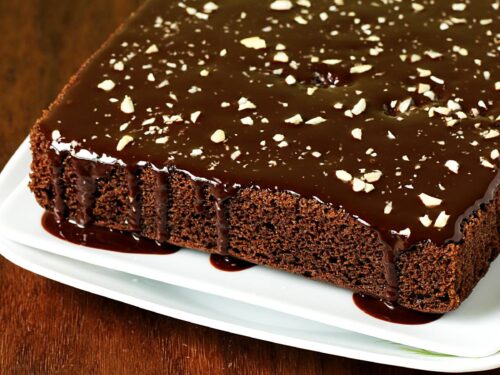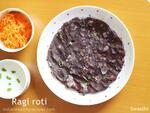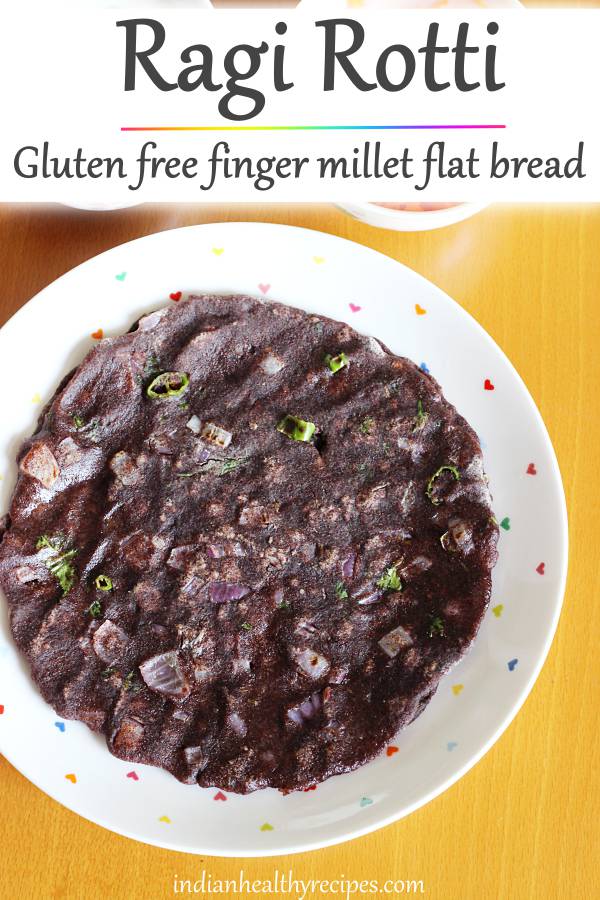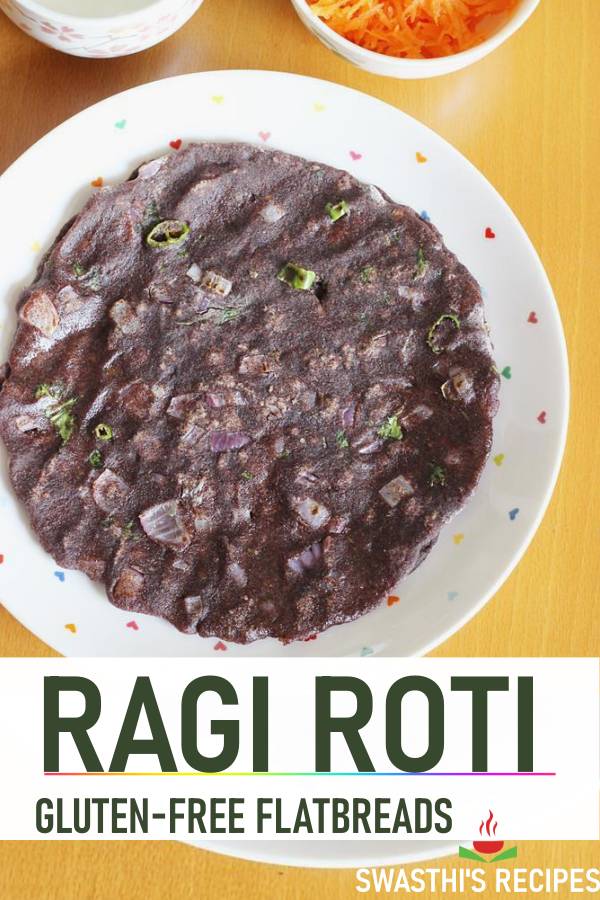Ragi mudde & ragi rotti are the staples in rural karnataka and are eaten during the beginning of the day especially by the farmers. These roti are nutrient dense and keeps hunger pangs away. The high fiber in the grain keep us full and also helps in weight loss. What are ragi roti? Ragi roti are gluten free unleavened flat breads from Karnataka cuisine. These rotti are often eaten for breakfast or lunch along with a chutney, dal & pudi.
3 ways to make
There are 3 ways these ragi rotti are made. The third method can be made by following a ratio you feel comfortable. I usually make these with half cup of atta and half cup of ragi flour. We also add some garam masala, methi leaves, palak, ginger garlic paste, green chilli etc. I do not use any onions for this method. I have shared 2 variations of ragi roti or rotti recipe in this post. Both are easy and can be prepared under 30 minutes for a family of 4. It can be served with any chutney, simple dal, sambar or gravy. I love both all the versions and they taste different. Rotti made using the second method is called as nachni bakri or ragi bakhri in some parts of Karnataka and Maharashtra. You can serve this roti with easy side dishes like cucumber or onion raita.
Method 1 – ragi rotti
Ingredients needed: 1 cup ragi flour, 1/4 tsp. cumin, 1 very small onion chopped, 1 green chili chopped, 1 tsp coconut (optional), coriander leaves, salt and water as needed.
- Add flour, onions, chilies, cumin and salt to a bowl. Mix all the ingredients.
- Pour water as needed and make a soft dough that is spreadable. Begin with half cup water. You will need a little more or less depending on the kind of flour.
- Make 5 equal sized balls. Place a ball of dough on a greased banana leaf or parchment paper. Dip your fingers in a bowl of water and spread the dough gently to a thin roti. You can also make them on a damp cloth or directly on a cold greased tawa/pan. Spread a teaspoon of oil all over the roti. Or dip your fingers in oil and smear it all over the roti.
Cooking ragi roti
- Transfer the ragi roti along with the parchment paper to your hand & invert it on to the hot griddle, with the roti facing the tawa. Slowly pull out the paper. Cook for 1 minute on a medium flame and then cover it. Continue to cook on a medium heat until you see the color of the roti changes to a darker shade.
- Drizzle little oil at this stage & spread all over the roti. The roti will firm up in a few minutes.
- Flip the roti to the other side and cook on the other side too until done. Press down the roti all over with a spatula to cook it well. When done you will see golden to brown spots on the ragi rotti and the onions are cooked too. Sprinkle more oil if you prefer. Continue to make rest of the rotis either on a banana leaf, parchment paper or on tawa/ griddle. If you are making them directly on the tawa, you will need 2 tawas or there will be a waiting time until the first tawa cools down. To make the next roti either make it on another tawa (that is not hot) or wait till the tawa cools. If you try to make the roti on the hot tawa, it will not spread at all.
Method 2 – how to make ragi roti
These rotti or bhakri are made the same way I made the multigrain roti earlier and even the jonna roti or jowar roti is done the same way. If you have to make the roti for more people then this is the preferred way , since there is no waiting time.
- Add little salt & 1 ½ cups water to a pot. Bring it to a rolling boil.
- Add 1 cup ragi flour to a mixing bowl. Pour 1 cup hot water first and mix it with a spoon to a soft dough. If the dough looks too dry, then sprinkle more hot water using a tablespoon. The amount of water to use depends on the kind of ragi flour you use. Sprouted ragi flour takes up lesser water. You can also add little wheat flour if you prefer. I do not add though.
- If needed you can sprinkle little flour or more water to get the dough right. You should have soft and moist dough.
- To make the roti, dough should be non sticky and not soggy or loose. Here is mine in the picture below.
- Flour the rolling area, place a ball and begin to pat with your fingers or use a rolling pin which ever is comfortable.
- I prefer patting them, as the dough spreads easily. If using a rolling pin, roll it lightly. If you are a first timer, after you make a few, you will begin to get them in a perfect round shape. Your ragi roti may also have lot of cracks on the edges. With sprouted flour the ragi rotis have lesser cracks.
Cooking ragi roti
- Heat a pan. Keep aside a bowl filled with water along with a clean cloth dipped in it. Transfer the ragi roti to the hot pan, squeeze off the excess water from the cloth and dampen the roti all over. This step not only removes all of the excess dry flour but also helps the roti to cook well and they remain soft.
- After cooking for a minute or so you will see small bubbles, flip it to the other side. Cook on a medium high flame pressing down with a spatula. Your roti may or may not puff depending on the kind of flour. If you feel the roti is turning hard, then cover and cook on both the sides. You will see slight brown spots when the rotis are done. You may spread ghee or oil and remove it. Stack and cover them to keep soft. Serve ragi roti with any chutney, yogurt or curry. You may also like to check these 18 healthy ragi recipes,ragi ladduragi muddecrunchy cookieseggless biscuitragi maltragi dosasprouted raagi flour Related Recipes
Recipe card
